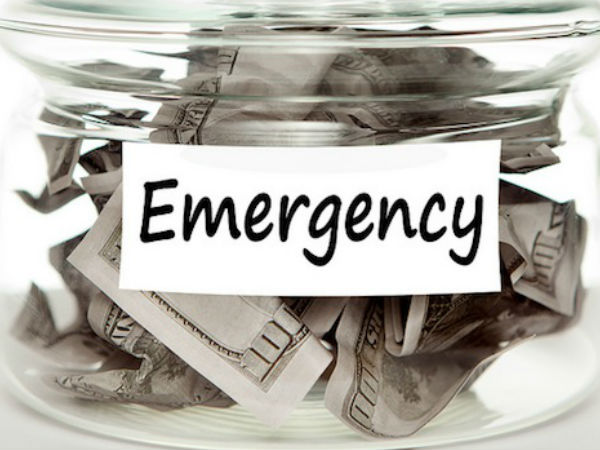Should You Add Debt Funds As Part Of Emergency Fund?
Amid global economy outrage, it becomes important to protect your corpus and invest them at secure destinations such as debt funds as liquid funds. However, the average return on liquid money after a year is less than 4%. Putting money here for a short period of time makes sense. But, when it comes to your emergency fund, does it make sense to invest in it, or should I keep to a bank fixed deposit? This questing might come to your mind. It is obvious as the emergency fund is an important part of our investment portfolio that we kept aside for the emergency purpose.

Emergency fund
When it comes to an emergency fund, safety and liquidity are the most important factors to consider. It isn't a means of accumulating riches. Returns, as a result, take a back place. It's important to understand what investments must be included in an emergency fund.
Different types of debt instruments must be included in an Emergency Fund portfolio. This corpus, however, cannot include any instruments having a lock-in period. Equity investments in an emergency fund are a bad idea since the asset's volatility will counter the primary goal of capital preservation and liquidity. During the depths of a bear market, one may require funds and be compelled to sell investments at a significant loss.

How Bank FD as Emergency Fund Charges Compared To Debt Funds?
In the event of bank fixed deposits, pre-mature withdrawals are subject to a penalty on the interest collected. For redemptions during the first six days, liquid funds levy a small exit load on the invested amount.
If you invest in a liquid fund (such as other debt mutual funds) for more than three years, you will be taxed on long-term capital gains when you redeem it (LTCG). After indexation, the sum is 20%. Short-term capital gains (STCG) taxes apply if the investment is kept for less than three years. The profit is then added to the entire income and taxed according to the investor's tax bracket.
Bank fixed deposits are not market-linked assets like debt funds, but they do provide a guaranteed return. You know exactly what you'll get and for how long when you invest.

Liquid and Overnight Debt Fund
The primary prerequisites of safety and liquidity are met by liquid and overnight funds. Both are open-ended debt fund types that invest in securities of excellent credit quality with low credit and duration risk. The portfolios of both types of funds are diversified among high credit quality products with low term risk. They're usually available within T+1 days.
Overnight funds invest in securities with a one-day maturity, such as the reverse repo, TREPs, and other debt instruments with a one-day maturity. Liquid funds, on the other hand, can invest in assets such as T-bills, certificates of deposits, commercial paper, Repos, and instruments with maturities of up to 91 days. Liquid funds have an average maturity of 1-2 months.
Because the underlying securities have such a short maturity, the yield to maturity of these funds closely tracks money market interest rates, as the maturity proceeds of the underlying assets are rolled over and invested at the current market rate. Interest rates are projected to rise if the economy improves, and so will the yield to maturities given by these products.
































